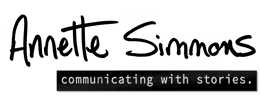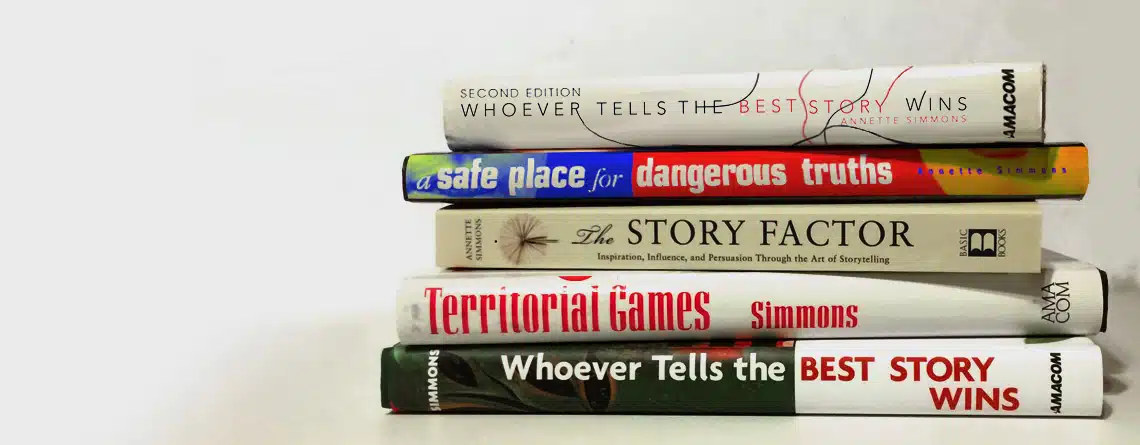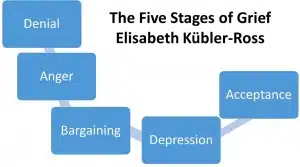
Storytelling Moral Survival System: Part nine (templates)
A Story Spine The best storytelling templates arise from the arts. Improv artist Kenn Adams laid out what he called a “story spine” as a mechanism to help children and adults play with improvisational theatre. According to Kenn, the origin of his template arose from his desire to bring arts, creativity, and improv play to






